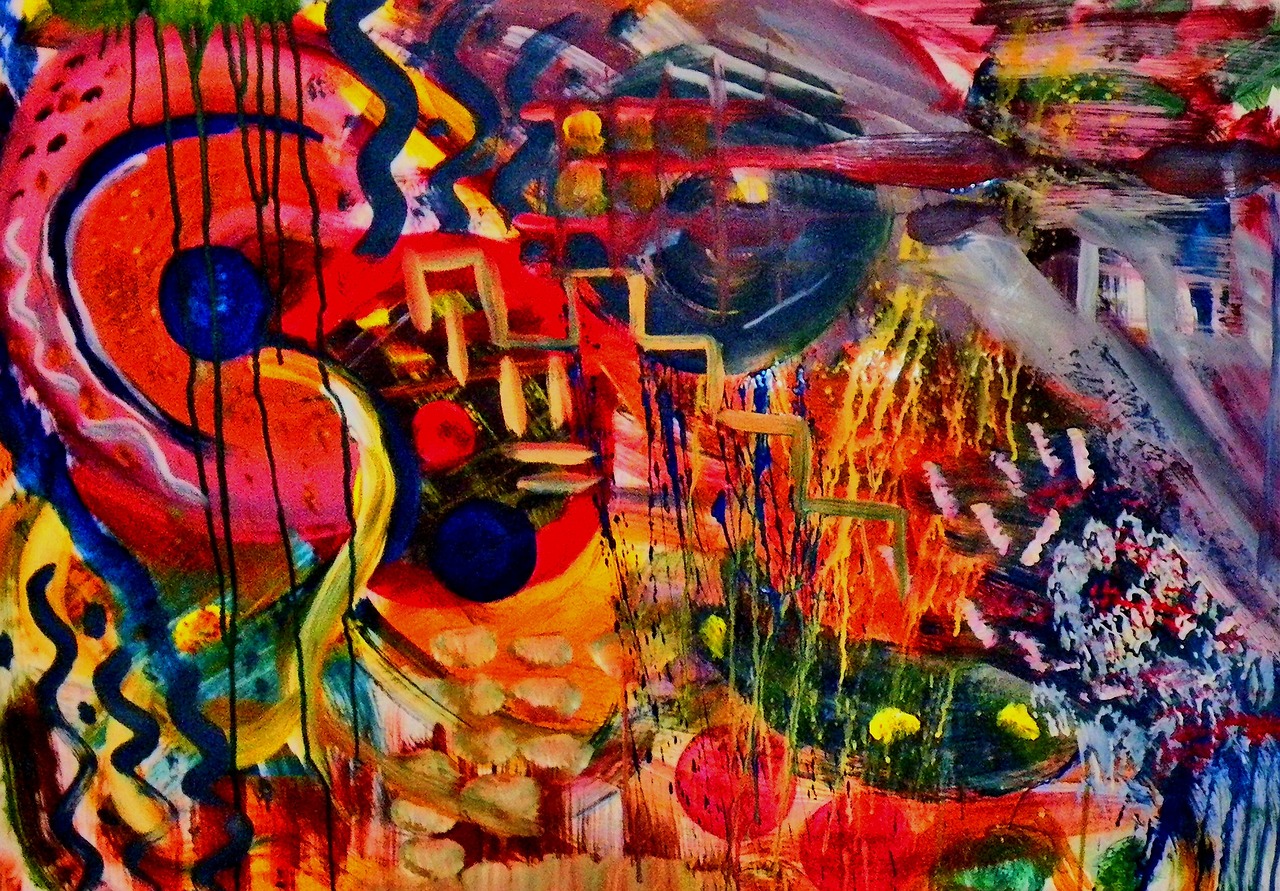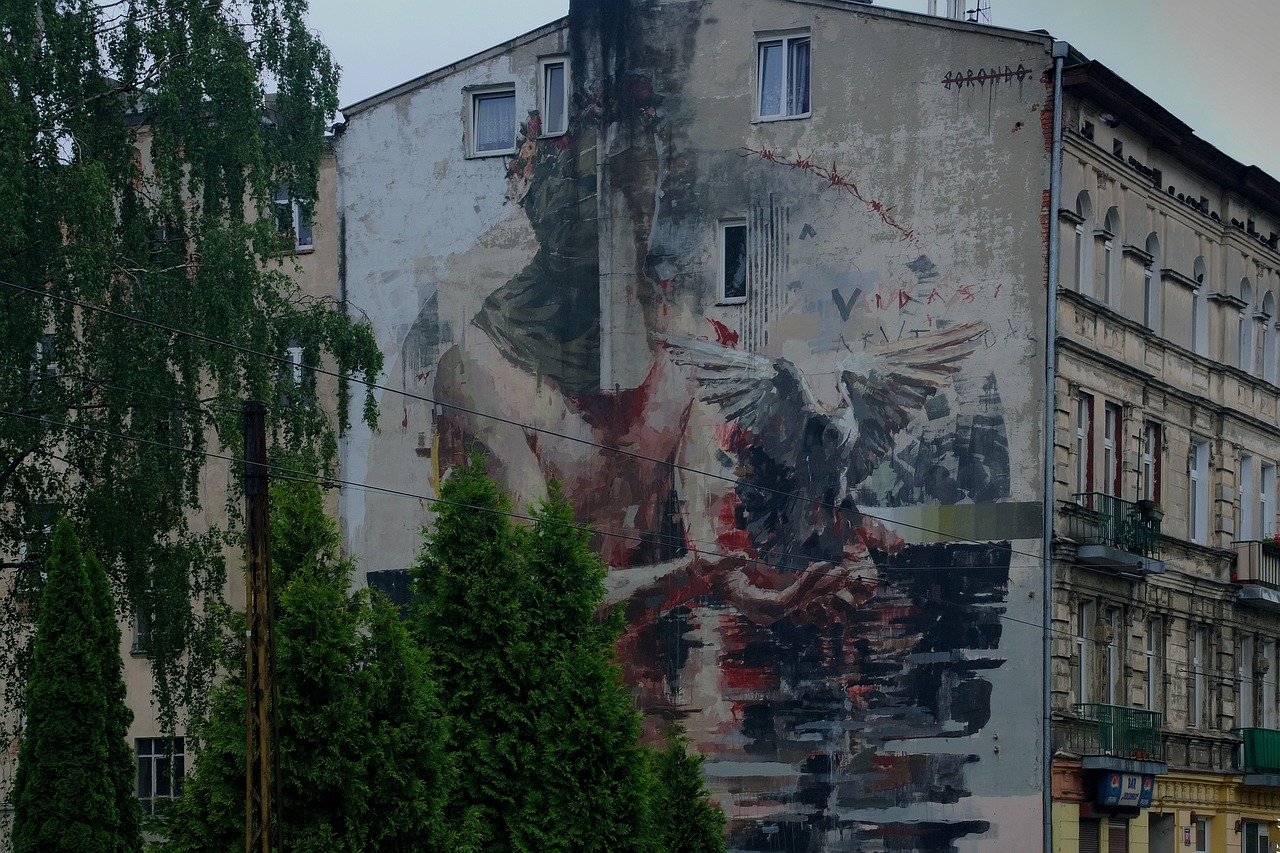The revolutionary spirit of Modernism continues to reverberate through the corridors of contemporary art, shaping the way artists create and audiences perceive art in the 21st century. This profound influence represents one of the most significant transformations in artistic expression, fundamentally altering the landscape of visual culture and artistic practice.
Defining Modernism in Art
Modernism emerged as a radical departure from traditional artistic conventions, spanning roughly from the 1860s to the 1970s. This transformative period represented a seismic shift in artistic expression, characterized by a deliberate break from classical approaches to art-making. At its core, Modernism embodied the spirit of innovation, experimentation, and intellectual inquiry.
| Key Aspects of Modernism | Description | Impact on Contemporary Art |
|---|---|---|
| Formal Innovation | Emphasis on new visual languages and techniques | Continued experimentation with form and medium |
| Conceptual Focus | Priority of ideas over traditional representation | Rise of conceptual and theoretical art practices |
| Social Engagement | Response to industrialization and social change | Art as a tool for social commentary and activism |
| Technical Experimentation | Exploration of new materials and methods | Mixed media and technological integration |
Key Characteristics of Modernist Art
The fundamental principles of Modernist art have established lasting parameters for artistic creation:
- Abstraction: The movement away from literal representation marked a revolutionary shift in artistic expression, introducing non-objective art forms that continue to influence contemporary abstract artists.
- Medium Specificity: Modernists emphasized the unique properties of each artistic medium, leading to deeper exploration of material possibilities that contemporary artists still investigate.
- Artistic Autonomy: The concept of art existing independently from social function created space for purely aesthetic and conceptual work, a principle that remains central to contemporary art practice.
Pioneers of Modernist Art and Their Impact
Pablo Picasso and Cubism
Pablo Picasso’s development of Cubism with Georges Braque represents perhaps the most influential artistic innovation of the 20th century. Cubism’s radical deconstruction of perspective and form continues to influence contemporary artists in numerous ways:
- Spatial Manipulation: Contemporary artists frequently employ Cubist techniques of multiple viewpoints and fractured space
- Conceptual Representation: The movement’s emphasis on intellectual rather than perceptual reality remains fundamental
- Visual Language: Cubism’s geometric vocabulary has become essential to contemporary abstract art
Piet Mondrian and De Stijl Movement
Piet Mondrian’s revolutionary approach to abstraction through the De Stijl movement has left an indelible mark on contemporary visual culture:
| De Stijl Principle | Contemporary Application |
|---|---|
| Primary Colors | Modern color theory and digital design |
| Geometric Abstraction | Minimalist architecture and graphic design |
| Grid-based Composition | Digital interfaces and web design |
| Reduction to Essentials | Contemporary minimalist art |
Modernist Movements Shaping Contemporary Art
Impressionism’s Emphasis on Light and Perception
The Impressionist movement’s revolutionary approach to light and perception continues to influence contemporary artists in several key ways:
Scientific Understanding: Impressionists’ interest in optical effects and color theory laid groundwork for contemporary digital art and light installations. Their investigation of perception’s role in artistic experience remains central to contemporary art practice.
Technical Innovation: The movement’s emphasis on direct observation and rapid execution influences contemporary plein air painting and photorealistic techniques. Modern artists continue to explore the relationship between light, color, and perception in both traditional and digital mediums.
Surrealism’s Exploration of the Unconscious
Surrealism’s profound impact on contemporary art extends beyond mere aesthetic influence:
- Psychological Depth: Contemporary artists continue to explore dreams, unconscious states, and psychological complexity
- Mixed Media: Surrealist techniques of collage and juxtaposition remain fundamental to contemporary practice
- Digital Manipulation: Surrealist principles inform digital art and photography
- Installation Art: The movement’s emphasis on immersive experience influences contemporary installation work
Techniques and Materials: A Modernist Legacy

The Modernist period’s radical experimentation with materials and techniques has fundamentally shaped contemporary artistic practice:
| Modernist Innovation | Contemporary Application | Example Artists |
|---|---|---|
| Collage | Digital compositing | John Stezaker |
| Found Objects | Installation art | Sarah Sze |
| Photography Integration | Mixed media | Thomas Ruff |
| Industrial Materials | Sculpture | Richard Serra |
Introduction of Collage and Assemblage
The Modernist introduction of collage and assemblage techniques has evolved into numerous contemporary practices:
- Digital Collage: Contemporary artists utilize digital tools to create complex layered compositions
- Installation Art: Large-scale assemblages incorporate diverse materials and media
- Mixed Media: Integration of traditional and contemporary materials in single works
- Virtual Reality: Digital assemblage of elements in virtual space
The Evolution of Artistic Expression
From Utopian Visions to Diverse Narratives
The transition from Modernist to contemporary art reflects broader social and cultural changes:
Modernist Ideals:
- Universal truth in art
- Progressive narrative
- Formal purity
- Medium specificity
Contemporary Approaches:
- Multiple perspectives
- Cultural diversity
- Hybrid forms
- Cross-disciplinary practice
Modernist Influence on Digital and New Media Art
The revolutionary spirit of Modernism has found new expression in contemporary digital and new media art. Digital artists have adapted Modernist principles of experimentation and abstraction to create innovative works that push technological boundaries while maintaining conceptual depth.
Virtual Reality and Modernist Space
The Modernist preoccupation with spatial relationships has found new relevance in virtual reality art:
- Immersive Environments: Artists create virtual spaces that challenge traditional perspectives
- Interactive Elements: Viewer participation extends Modernist ideas about artwork activation
- Spatial Manipulation: Digital tools enable complex spatial arrangements impossible in physical media
- Time-Based Elements: Integration of temporal elements in virtual space
| Modernist Concept | Digital Application | Contemporary Example |
|---|---|---|
| Multiple Perspectives | 360° Virtual Environments | VR Art Galleries |
| Spatial Distortion | 3D Modeling | Digital Sculptures |
| Movement Studies | Motion Graphics | Interactive Installations |
| Color Theory | Digital Color Spaces | Screen-Based Art |
Performance Art and Modernist Legacy
Performance art, while not strictly Modernist, emerged from Modernist experimentation and continues to evolve in contemporary practice:
- Body as Medium: Exploration of physical presence and gesture
- Temporal Nature: Emphasis on time-based experience
- Documentation: Integration of photography and video
- Social Engagement: Direct interaction with audiences
Global Influences and Cross-Cultural Exchange
Modernism’s International Impact
The global spread of Modernist principles has led to diverse interpretations and applications:
Asian Influences:
- Integration of traditional Eastern aesthetics with Modernist principles
- Development of unique regional Modernist movements
- Contemporary fusion of cultural elements
African Contributions:
- Influence of African art on Modernist form
- Contemporary African artists’ reinterpretation of Modernist principles
- Hybrid aesthetic approaches
| Region | Modernist Integration | Contemporary Expression |
|---|---|---|
| East Asia | Calligraphic abstraction | Digital ink painting |
| Latin America | Geometric abstraction | Social practice art |
| Middle East | Islamic geometry | New media installation |
| Africa | Sculptural forms | Mixed media activism |
Environmental Art and Modernist Principles
Contemporary environmental art draws on Modernist innovations while addressing current ecological concerns:
- Site Specificity: Integration of artwork with natural environments
- Material Consciousness: Use of sustainable and natural materials
- Scale Manipulation: Large-scale interventions in landscape
- Temporal Awareness: Recognition of environmental change and decay
Institutional Impact and Art Education

Modernist Influence on Art Education
The Modernist legacy continues to shape contemporary art education:
- Foundation Studies: Basic design principles derived from Bauhaus
- Experimental Approach: Emphasis on innovation and personal expression
- Critical Theory: Integration of conceptual frameworks
- Technical Mastery: Balance of traditional and contemporary skills
| Educational Aspect | Modernist Origin | Contemporary Application |
|---|---|---|
| Color Theory | Bauhaus | Digital Design |
| Form Study | Constructivism | 3D Modeling |
| Materials Research | Dadaism | Mixed Media |
| Composition | De Stijl | Digital Layout |
Museum Practice and Exhibition Design
Contemporary museum practices reflect Modernist innovations in display and curation:
Exhibition Strategies:
- White cube gallery spaces
- Thematic organization
- Interactive elements
- Digital integration
Future Directions and Emerging Trends
Technology and Tradition
Contemporary artists continue to bridge Modernist principles with new technologies:
- Artificial Intelligence: Algorithm-based art creation
- Blockchain Technology: Digital ownership and distribution
- Augmented Reality: Mixed reality experiences
- Biotechnology: Living media and genetic art
Social Practice and Community Engagement
Contemporary artists extend Modernist social consciousness through:
- Participatory Art: Community involvement in creation
- Public Installations: Accessible art experiences
- Social Commentary: Political and cultural critique
- Educational Initiatives: Art as social transformation
The influence of Modernist artists continues to expand and evolve through new technologies and social practices. Contemporary artists build upon Modernist foundations while addressing current global challenges and opportunities. This ongoing dialogue between past and present ensures the continued relevance and vitality of artistic innovation.
The synthesis of Modernist principles with contemporary concerns creates new possibilities for artistic expression while maintaining connections to historical foundations. As technology advances and social conditions change, artists continue to find fresh applications for Modernist innovations, demonstrating the enduring value of this revolutionary period in art history.